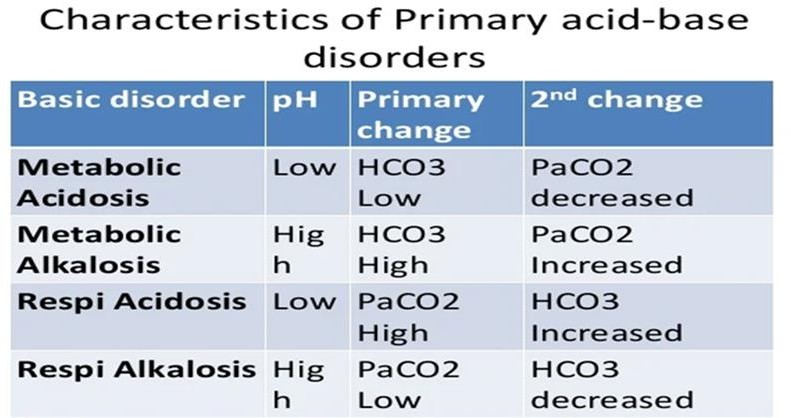A nurse is caring for a client who was admitted for atrial fibrillation rapid ventricular rate of 130 beat/min with confusion. The client's blood pressure is 87/50. What order should the nurse expect to receive from the provider?
Tell the patient to bare down
Administer Lidocaine drip
Administer Amiodarone drip
Administer a beta blocker
The Correct Answer is C
C. Amiodarone is a Class III antiarrhythmic medication commonly used for the acute management of atrial fibrillation with a rapid ventricular rate. It works by blocking multiple ion channels, prolonging the action potential duration, and slowing conduction in the atria and ventricles. Amiodarone is often used when other interventions such as vagal maneuvers or beta blockers are ineffective or contraindicated. In this scenario, where the patient is hypotensive and symptomatic, intravenous amiodarone may be administered to control the ventricular rate and stabilize hemodynamics
A. Bearing down, or the Valsalva maneuver, is a vagal maneuver that can sometimes help slow the heart rate in certain arrhythmias by increasing parasympathetic tone. However, it may not be effective or safe in all situations, especially if the patient is hypotensive or confused. In this scenario, immediate pharmacological intervention is likely needed to control the heart rate and stabilize hemodynamics.
B. Lidocaine is not typically used to treat atrial fibrillation with a rapid ventricular rate. Lidocaine is a Class IB antiarrhythmic medication primarily used for the treatment of ventricular arrhythmias, such as ventricular tachycardia and ventricular fibrillation. It is not considered a first-line agent for atrial fibrillation and may not effectively control the ventricular rate in this situation.
D. While beta blockers are commonly used for rate control in atrial fibrillation, they may not be the best choice in this scenario where the patient is hypotensive and symptomatic. Beta blockers can further decrease blood pressure and exacerbate hypotension, especially in patients with compromised hemodynamics. In such cases, other rate-controlling agents like calcium channel blockers or amiodarone may be preferred.
Nursing Test Bank
Naxlex Comprehensive Predictor Exams
Related Questions
Correct Answer is C
Explanation
C. Respiratory acidosis- The pH is acidic, and the PaCO2 is elevated, indicating respiratory acidosis. The client's hypoventilation (respiratory rate of 7/min) is causing retention of carbon dioxide, leading to respiratory acidosis.
A. Metabolic alkalosis- The ABG values do not support a diagnosis of metabolic alkalosis. The pH is acidic, and the base excess is negative, indicating a mild metabolic acidosis.
B. Respiratory alkalosis- The ABG values do not support a diagnosis of respiratory alkalosis. The pH is acidic, and the PaCO2 is elevated, indicating respiratory acidosis rather than alkalosis.
D. Metabolic acidosis- While there is evidence of a mild metabolic acidosis indicated by the negative base excess, the primary disturbance in this case is respiratory acidosis, as evidenced by the low pH and elevated PaCO2.

Correct Answer is D
Explanation
D Crackles audible at the lung bases indicate the presence of pulmonary edema or fluid accumulation in the alveoli, which can compromise gas exchange and exacerbate respiratory distress. In a patient with ARDS, crackles suggest worsening pulmonary status and may indicate inadequate ventilation or oxygenation despite mechanical ventilation. Therefore, crackles at the lung bases are the most important finding to report to the healthcare provider as they may indicate a need for adjustments to the ventilator settings or additional interventions to optimize respiratory function and prevent further deterioration.
A respiratory rate of 22 breaths/min may be within an acceptable range, particularly considering that the patient is receiving mechanical ventilation. However, any significant deviation from the baseline respiratory rate or signs of respiratory distress, such as increased work of breathing or accessory muscle use, should be closely monitored and reported promptly.
B A heart rate of 106 beats/min may be within an acceptable range, although it is slightly elevated. Tachycardia can occur due to various factors, including pain, anxiety, fever, or hypoxemia. While tachycardia warrants close monitoring, it may not be the most critical finding to report unless it is associated with hemodynamic instability or other concerning symptoms.
C An oxygen saturation of 99% indicates adequate oxygenation, which is reassuring, particularly in a patient with acute respiratory distress syndrome (ARDS). However, oxygen saturation alone may not reflect the adequacy of ventilation or the severity of the underlying lung injury. Therefore, while oxygen saturation should be monitored closely, it may not be the most critical finding to report unless it declines significantly or is accompanied by other concerning symptoms.
Whether you are a student looking to ace your exams or a practicing nurse seeking to enhance your expertise , our nursing education contents will empower you with the confidence and competence to make a difference in the lives of patients and become a respected leader in the healthcare field.
Visit Naxlex, invest in your future and unlock endless possibilities with our unparalleled nursing education contents today
Report Wrong Answer on the Current Question
Do you disagree with the answer? If yes, what is your expected answer? Explain.
Kindly be descriptive with the issue you are facing.
